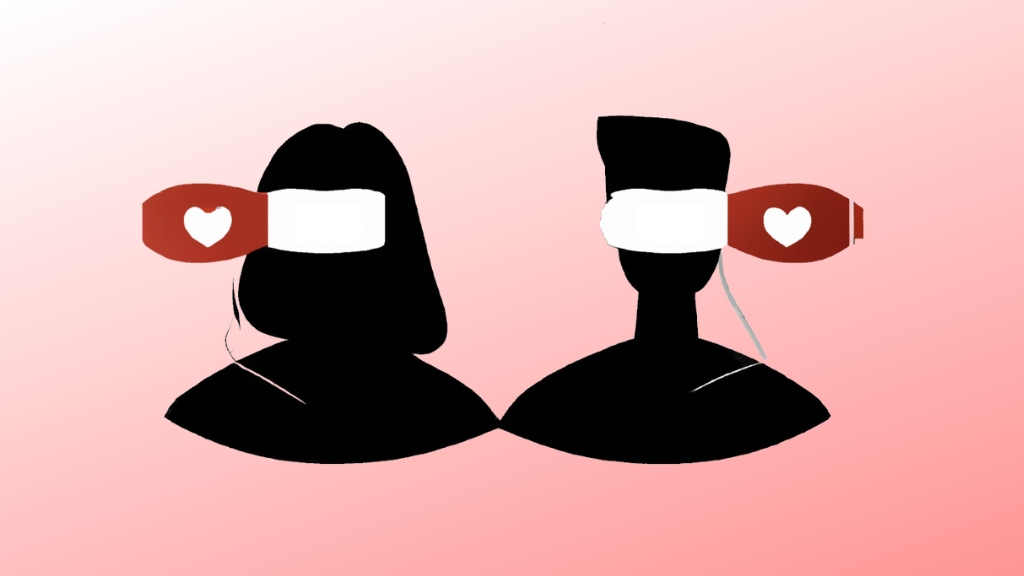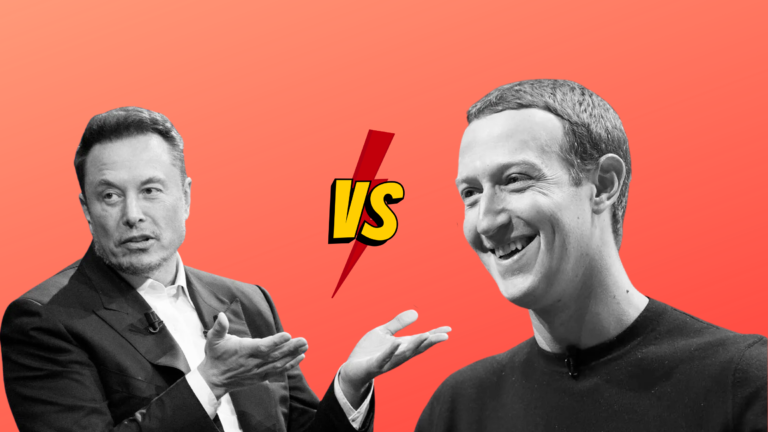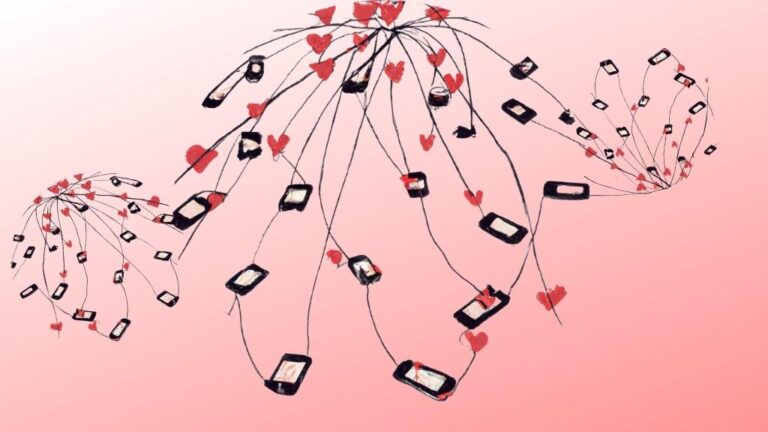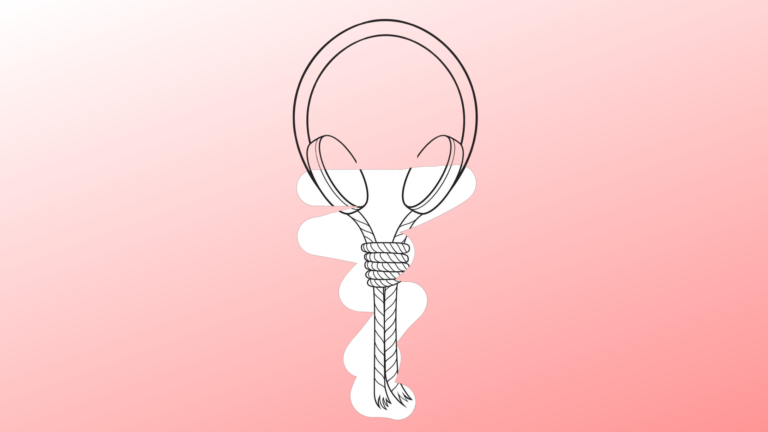Introduction
Contrary to the premise behind the famous dating show, “Love is Blind,” I think that physical attraction is an important aspect in the formation of relationships. However, either by design or simply by predominant user behavior, this element seems to play an unnecessarily large role in contemporary dating platforms.
My personal philosophy – Physical attraction is more or less a box that must be ticked… a precursor that determines whether or not an individual is worth pursuing in the eyes of another. Beyond this, it is compatibility mixed with other external factors that really determine the sustainability of a new relationship. Furthermore, partners typically get more attracted to each other over time anyways.
Don’t take my word for it – these sentiments are empirically supported by OkCupid founder Christian Rudder in his book Dataclysm. In 2013, when OkCupid experimented with a “Love is Blind Day” that removed profile photos on the site for seven hours they drew two interesting insights:
(1) User activity decreased significantly. The number of new conversations started per hour decreased approximately 80%. In a word, users were reluctant to pursue a new relationship when they had no sense of “what they were getting into.”
(2) For those that took the leap, however, there was a 40% increase in response rate. For those courageous enough to go on blind dates Rudder was shocked to learn that “the two people’s looks had almost no effect on whether they had a good time.”
The Concept
If you buy this, then perhaps physical attraction should serve the role of a preliminary “screener” rather than an ongoing metric we evaluate our matched prospects by. In other words, my intuition is that profile photos distract us from developing relationships (through in-app messaging) post match. We subconsciously pay more attention to our “most attractive” matches in a manner that might prevent us from developing relationships with perhaps “less attractive,” but more compatible prospects that still meet our physical criteria. Far too often do we see users being “ghosted” (i.e, ignored) after only a single introductory message because their match is thinking “eh, nevermind not good enough.” Indeed, Schöndienst and Dang-Xuan (2011) found that introductory messages from better-looking users are more likely to receive a response. If both sides are reachers (HIMYM reference), we find ourselves in somewhat of a standstill. Rudder agrees: “people appear to be heavily preselecting online for something that once they sit down in person, doesn’t seem important to them.”
So, we keep the standard “swipe-based” element of our new app, but once presented with a match we are not sure with whom it is with. In a word, we are replacing the speed-dating aspect of Love is Blind with a swipe feature that accounts for attractiveness on a preliminary basis. This comes with some pros and cons.
Pros–
(1) Mystery. One of the biggest perceived drawbacks of online dating is that it lacks the spontaneity and excitement of meeting someone naturally – the feeling of walking into a bar and not knowing who you will meet or walk out with. I think our app retains some of that mystery. Who is behind the curtain? I don’t know, but at least I know I must be attracted to him/her (after all, I swiped right on their profile) and I like them enough to continue this conversation. It would lend itself to something of a blind date. However, you are afforded the autonomy of being your own blind curator.
(2) No more mindless swiping. If a user understands that they will not be able to evaluate their matches based on physical attractiveness after swiping right, they will likely be more selective in this first stage of online matchmaking. An increased intentionality in the preliminary phase of selection might lead to less ghosting and better communication later on.
(3) Fewer Distractions. I alluded to this already in my preamble, but I think it needs to be further underscored. Our app design necessarily narrows our attention to the more important thing – personality compatibility. Upon match, we will only be able to evaluate an individual based on how well we click with them.
Cons–
(1) Everything anonymity. Anonymity plagues interpersonal interaction on the internet. Just look at Chatroulette or Omegle…. We might be worried that users will be emboldened to act with less than superb behavior or that they won’t be able to identify each other on their first date. This is in addition to whatever security risks might exist.
(2) Disillusionment and Idealization. In “What Predicts First Date Success,” Liesel Sharabi finds that users often experience a sense of “disillusionment” when first meeting online dating prospects in person. That is, after a long time of messaging someone online, we are disappointed with them in person – we are prone to “fill in the gaps” left by online messaging and idealize those we chat with. With traditional platforms, this is typically personality-based idealization. Now we might have to worry about users overestimating the physical attractiveness of those they are messaging.
These are all legitimate concerns, but I think that with the right set-up these risks can be mitigated. Without going too deep into the weeds, one solution would be an automatic “reveal” before any meetup… perhaps after users reach a predetermined conversation length their identities are revealed?
Other Blind Dating Apps
Googling “blind dating apps” or “love is blind dating apps” brings up a fair share of young platforms that might upon first glance appear to be similar to what has just been described. Let’s briefly discuss some of these and their major drawbacks.
Blindlee – Video speed dating with a few nuances. You are matched via video chat with people who “fit your criteria” and the video is blurred (their face is progressively revealed throughout the call). Speed dating is nothing new, and adding a blurred feature does not really add much to the equation. We will still struggle with the same awkwardness and short time-frames that make speed dating less than ideal.
S’More – This app would present a user with five profiles each day. At first, photos were blurred, forcing users to focus more on the interests and attributes of their recommended prospects. This is contrary to the entire premise of my concept – attractiveness comes first, but perhaps should not be considered beyond that initial gut instinct.
Sources
Rudder, Christian. (2014). Dataclysm: Who We Are When We Think No One’s Looking. New York, Crown Publishers.
Sharabi, L.L. and Caughlin, J.P. (2017), What predicts first date success? A longitudinal study of modality switching in online dating. Pers Relationship, 24: 370-391.
Schöndienst, Valentin & Dang-Xuan, Linh. (2011). The Role Of Linguistic Properties In Online Dating Communication – A Large-Scale Study Of Contact Initiation Messages.







